
(10.21.07) Dragon’s Eye is the baby of Yann Novak, Seattleite mover and shaker who’s
been filling local spaces the last couple of years with a combo of
installation art and sound design. Set up as the sound recording arm of his
multi-modal operation, Dragon’s Eye is slowly becoming a more established
hub to a posse of musical and conceptual kindred spirits, with a growing
catalogue of diverse sonographies and esoteric conceptual intrigue. A label
that will doubtless draw in not just the usual post-digital label-lovers –
be they Raster men, Room40 mates, or Line-dancers,- but might also snare a
few followers of the British post-industrial experimental tradition – Tates
and Liles, Bradleys and Berrys.
::..:::…..:..::….:::::..:::..:::::::……:::…::.:::….::::..:..:::…::…….::::

Yann Novak :: Intermission (CD-r)
Intermission‘s embryonic life was as part of a Seattle sound installation,
“A Sac of Rooms Three Times a Day,” wherein two transparent vinyl houses
one inside the other that were inflated and deflated three times a day. It
sees the light of day as an edited extract from the deflation section,
source sounds being four inflation fans which, after electronic
manhandling, end up as if configured into a three-tiered sound perspective
– along the lines mapped by film and radio sound designers like Walter
Murch and Murray Schafer – of ground, field and figure. The one-hour
soundscape presented by Yann Novak has just these three elements: a
relatively smooth low-end ground drone, like a long invariant sinetone of
minimal oscillation; a field of whooshy cloud-tones – in effect the main
active protagonist of the piece – that seem to cycle periodically across
the ground, now like waves breaking quietly onto a shore, now like distant
deep wheezey whale-lunged breathings; and a figure – present like a kind of
non-irritant tinnitus- in the form of a high-end buzz-cum-whistle overtone,
initially liminal, but intensifying into a sustained piping. This is
essentially all you get for 60 minutes, with perhaps a few tweaks of volume
or resonance. There’s no ebb to its flow, until the final ten minutes where
the ground is removed to leave field and figure exposed. And, in a sense,
what you get is all you need if this kind of field-work at the less
conventionally musical end of the spectrum is what floats your drone-boat.
Melody is absent, harmony an occasional tentative listener hypothesis.
Removed from surrounding context of its conceptualization, its static –
vaguely malevolent yet somehow serene – insistence could almost be a louder
American cousin of Köner’s glacial sub-drift. In fact at times the overall
experience feels like listening to a less rugged version of Monos (esp.
Generators) or a less interventionist Coleclough.
::..:::…..:..::….:::::..:::..:::::::……:::…::.:::….::::..:..:::…::…….::::

Novak / Drouin :: Auditorium (CD)
Auditorium sees Novak take up his drone bed and walk it on over into a live
sound collab with Victoria (BC) artist Jamie Drouin. The two find communion
in manipulated field recordings and in an enquiry into space’s definition
of, and by, sound. The performance space itself is coopted into
compositional resource, with recordings made by Novak of the empty space’s
“silence” being cranked up and overlaid to become the monolithic ur-drone
that modulates constantly in a kind of vibra-pulse. Over this, Drouin’s
interventions take time to come, and when they do, are deliberately
intrusive, initially like they’re taking place elsewhere, outside the
“mix”; odd pings, deliberately precise beatbox-type thumps, sparse
synthetic textures that grow in density to bring out something
harmony-like, as well as further foundsound rustles and crackles. As it
progresses towards ending the whole textural field becomes an engrossing
sputtering drone-wash glitch-scape which eventually fades leaving a
carpeted heartbeat. Auditorium slowly constructs itself as one single
48-minute soundslab that develops in a much more composed and arranged
fashion than Intermission’s event-free stasis. Austere at the outset,
Drouin’s intrusions act as a spattering Pollockian paintdrip to Novak’s big
floor-laid white noise canvas. The likes of sonicians as diverse as Eliane
Radigue, Richard Chartier, Colin Potter, and Tim Hecker, looking on, would
nod approvingly.
::..:::…..:..::….:::::..:::..:::::::……:::…::.:::….::::..:..:::…::…….::::

Tyler Potts :: The Deluge (CD-r)
Apres Auditorium, The Deluge, with Denver’s Tyler Potts making a departure
from the music of empty rooms or the sound of deflating plastic houses,
deploying instead, somewhat radically, actual musical instruments and
synthesizers. After adjustment to the shock, the listener finds a variety
of deliberately naive instruments (e.g. xylophone, toy keyboards) are the
main protagonists of The Deluge‘s remit of wistful plink-plonktronica,
whose wisps of post-Reichian minimalism and winsome demeanour conspire to
just about save it from consignment to the graveyard where the myriad
“worthy but dull” bedroom fiddlers go, if not to die then to be largely
ignored. At times The Deluge has something approaching a faux-ethno slant,
with “Through the Ground” and its off-kilter cycling motif recalling some
kind of West African guitar figure, further reinforced by a sudden launch
into sub-Sahara on “Charting” with its marimba-kalimba polyrhythms. Sound
design chops are evident but not flaunted, computer mostly in a background
role of mediator rather than prime mover. Minimal knob twiddling then, and
more an affair of fibrillating ringtone-esque flutings and soft percussives
contributing to a suite of short sound sketches that resonate with
ambiguuity, leaving slots to be filled with the chosen emotion by each
listener. A surprisingly slight mixture of pop-esque songs embedded in
structures that seem primed to receive surly instalments of hermetic
microsound but instead veer from melancholy to mischief, from lambent to
ludic.
::..:::…..:..::….:::::..:::..:::::::……:::…::.:::….::::..:..:::…::…….::::
All releases are out now on Dragon’s Eye.






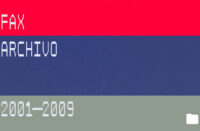

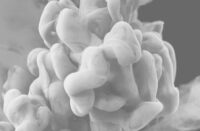

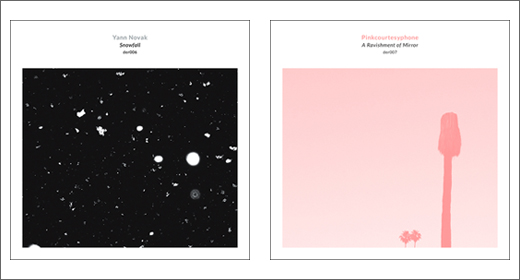
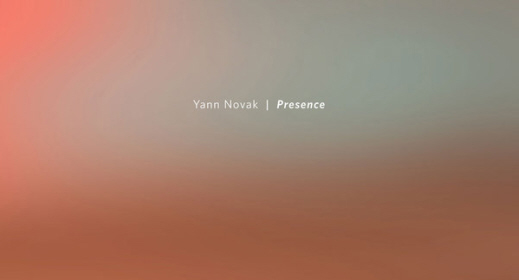

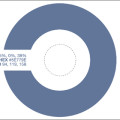




![Squaric :: 808 [Remixes] (Diffuse Reality) — [concise]](https://igloomag.com/wp/wp-content/uploads/2025/04/squaric-808-remixes_feat-75x75.jpg)





